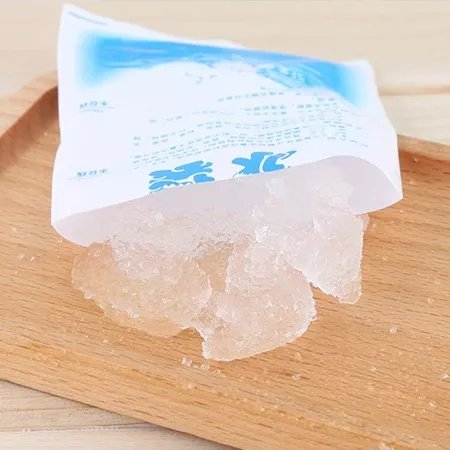Gel ice packs, also known as cold packs, have become a popular alternative to traditional ice bags due to their versatility and effectiveness.
Uses of Gel Ice Packs
Gel ice packs serve various purposes:
- Cooling the body’s temperature
- Transporting medicines, food, and flowers
- Providing immediate relief for sports injuries
Advantages of Gel Ice Packs



Gel ice packs offer several advantages over traditional ice bags:
- Soft texture and appealing appearance
- Effective in inhibiting bacterial growth
- Greater efficiency due to higher specific heat capacity (3-4 times more than ice)
Chemical Composition
The key chemical component of gel ice packs is Sodium Polyacrylate.
- Sodium polyacrylate is a superabsorbent polymer capable of absorbing large amounts of water, transforming into a gel-like substance.
- Just one gram of sodium polyacrylate can absorb between 300 to 1000 grams of pure water, making it highly effective for its intended use in gel ice packs.
Advantages of Sodium Polyacrylate
- High specific heat capacity, which enhances the cooling effect
- Cost-effective, ensuring affordability for each gel ice pack
- Non-toxic and environmentally friendly
Other Applications of Sodium Polyacrylate
Apart from gel ice packs, sodium polyacrylate finds extensive use in various everyday applications:
- Thermal insulation materials (such as ice towels and ice pillows)
- Absorbent materials (found in products like paper diapers, sanitary napkins, and nursing pads)
- Water-blocking materials (like inflatable sandbags and waterproofing for cables)
- Expansion materials (used in inflatable toys)
In conclusion, sodium polyacrylate’s versatility and effectiveness make it a valuable component in gel ice packs and numerous other everyday products, contributing to both convenience and environmental safety.
